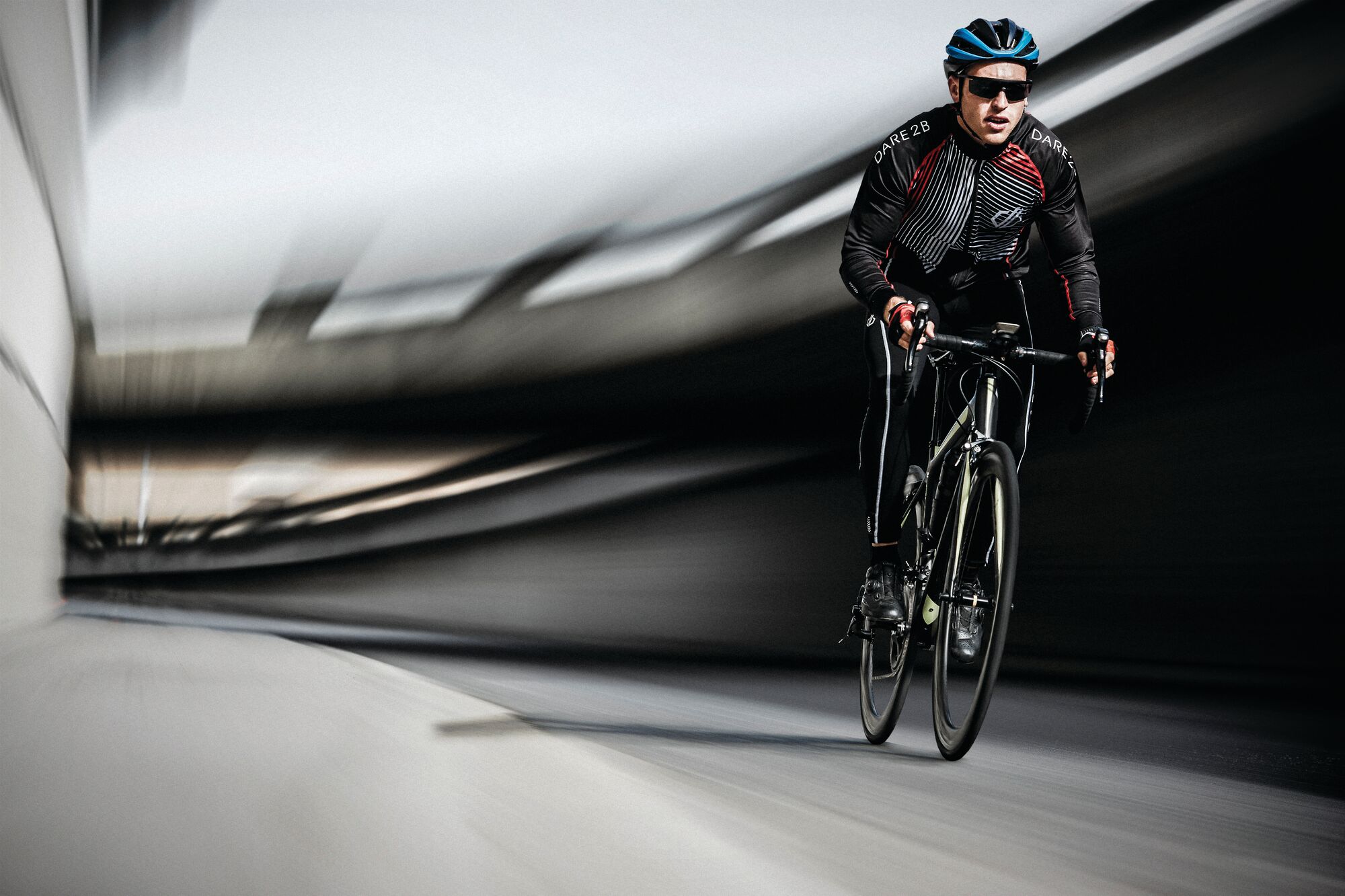
Whether you’ve decided to take up cycling at night for environmental purposes, save cash on commuting or just to make your calves a bit more bulky, it’s important to wear the right cycle clothing to make sure you’re visible in the dark. According to Cycling UK, around 5.5% of fatalities, 14.5% of serious injuries, 10.3% of slight injuries and 10.9% of all casualties come from cyclists on the road, but they only account for less than 1% of road traffic in total.
Visibility is important, and as you may be aware, there are certain colours that you should avoid and precautions that you should take in order to keep yourself safe. In this article we’ll give you some of our top recommendations on what to wear when cycling at night, along with some extra safety tips to incorporate into your rides.
Cycling at Night: What to Wear
Reflective cycling jackets are a must-have for night riders. They make cyclists more visible to other road users in darker environments. Since these jackets are designed to be worn in the night time when temperature drops, they usually feature thermal technology to keep you warm. What’s more, they’re also waterproof and windproof, so they’re definitely a worthy investment if you plan on commuting to and from work after dusk and dawn.
Since you’ll be riding in the cold, your jacket will be the external layer of your outfit. Under the jacket you will wear a cycling jersey, which is crucial for keeping you warm and comfortable during the journey. Cycling jerseys can be made of different materials including natural fibres and synthetic blend: our recommendation is to pick one that is water-resistant, breathable and durable. Also, in the case you get too hot and have to take your jacket off, it’s good to pick a jersey which also features some reflective detailing.
Reflective helmet covers are great to make your head visible at night and are usually pretty cheap. Helmet covers are very light and fit your helmet properly thanks to their adjustable elasticated system. Furthermore most designs help in keeping the rain off your head so they are certainly a must have for commuters.
Whether you’re commuting during the day or in the night, you want to keep all your stuff in a secure place during your journey. That’s why a cycling rucksack comes in handy - and since you’ll definitely need one, make sure to pick a rucksack that features reflective detailing on the back.
Tips for Staying Safe When Cycling in the Dark
Wearing the right clothing is important, but it’s not the only thing you should take into consideration when cycling at night. Let’s take a look at some more best practices:
It might sound obvious, but yes, it’s essential that you use lights in the dark. Ideally you would have 3 lights: a handlebar light that illuminates the road in front of you, a helmet light for brightening your field of vision, especially when you turn your head, and a rear light which keeps you visible from behind. This way you will be visible from vehicles coming from both directions on the road and you will also be able to look in specific directions when you need it. For extra visibility, consider buying blinking lights, which are super useful when you want to be sure you get the attention. Also, don’t forget to charge your lights the day before your night ride so you will not find yourself in the unpleasant situation of being invisible on the road.
If it makes you stand out in the night, then go for it! From helmets to cycling gloves and rucksacks, you should take into consideration any hi vis accessories that feature reflective details. Hi vis shoe covers and leg warmers are particularly effective because they move up and down with the pedal straw increasing your visibility when you are moving. In addition, you could also add reflective strips to your own gear: I know, maybe it’s not going to make you into a style icon, but at least you won’t have any doubts as to whether motorists can see you.
Check the bike the day before, and/or in bright light conditions. It’s always harder to fix mechanical problems in the dark, so always ensure that tyres and all the main parts are at its best before riding. What if the worst case scenario happens and you get stuck in the middle of nowhere in the middle of the night? Well, think in advance and take all precautions: a good spare kit could make all the difference in the world in those situations.
Shop our full cycling collection here.

